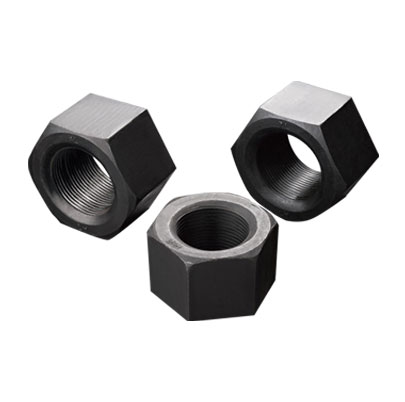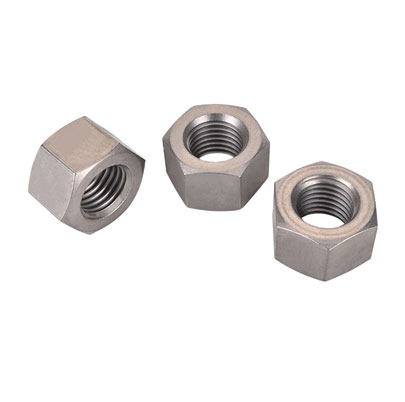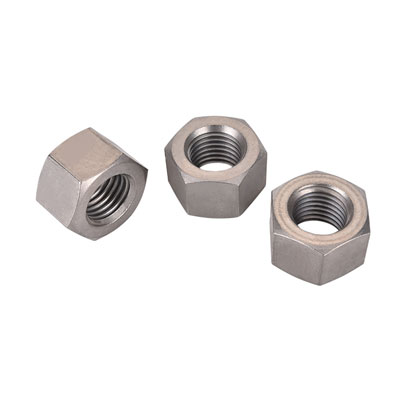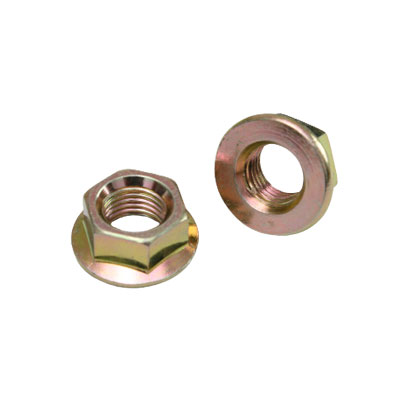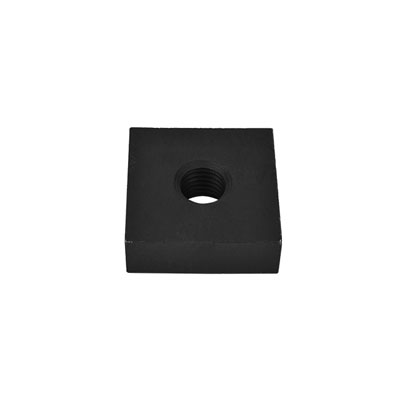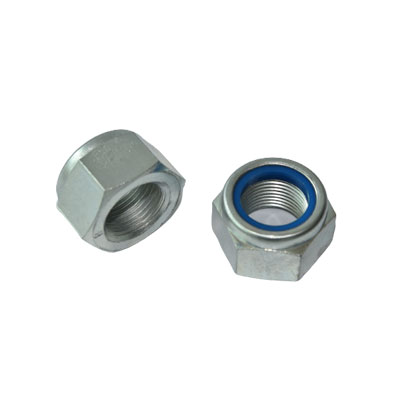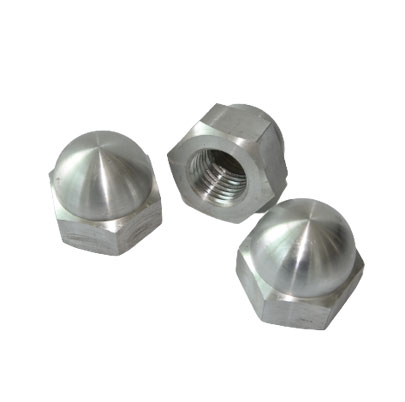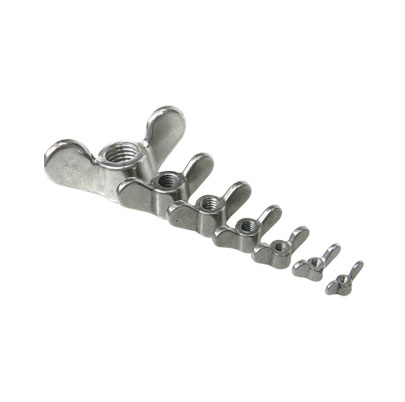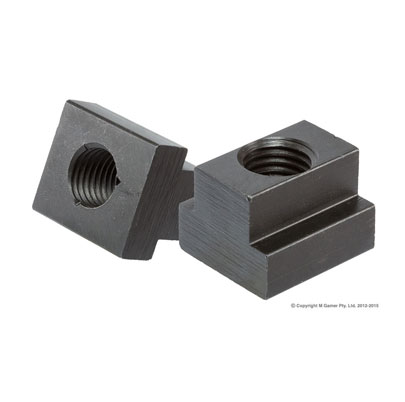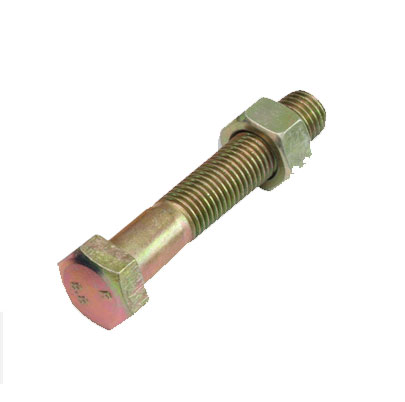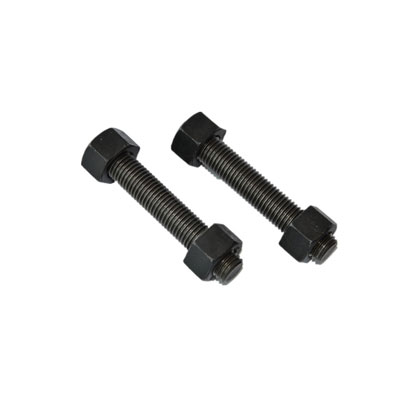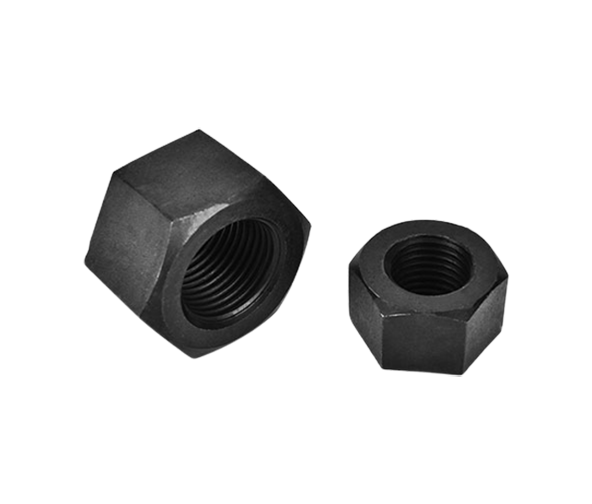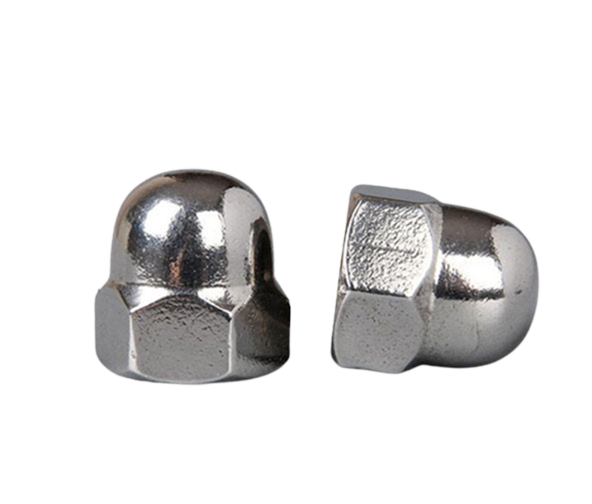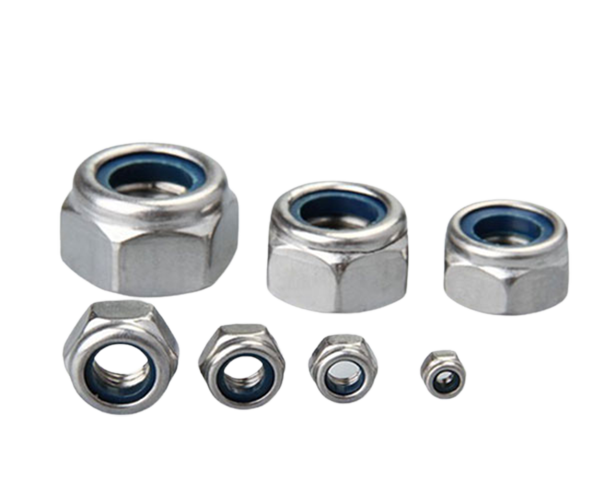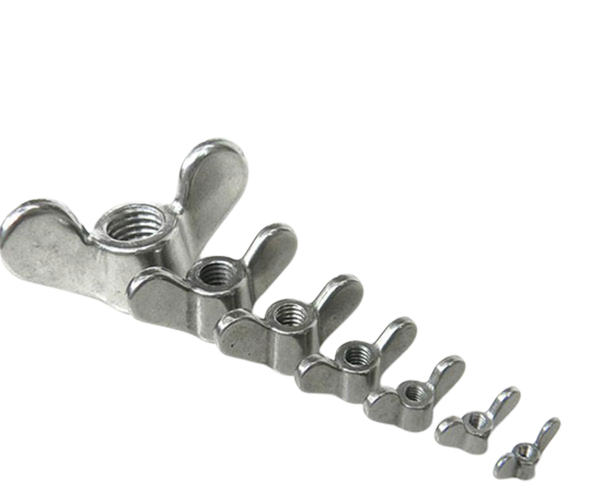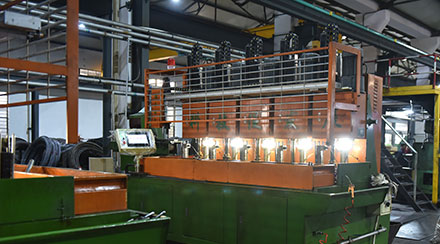Hex nuts are a common fastener used in mechanical fastening. They are usually made up of six equally sized hexagonal faces with a hole in the middle for threading a bolt or screw through.
The primary function of hex nuts is to secure bolts or screws to the object being connected, preventing them from loosening or falling off. They are widely used in fields such as machinery, construction, automotive, electronics, and aviation.
International categories of hex nuts
International categories of hex nuts can be classified according to material, usage, and standard. Here are some common classification methods:
Classification by material:
Materials for hex nuts include carbon steel, stainless steel, copper, aluminum, titanium, and others. Different materials have their own advantages and disadvantages in different environments and may be chosen depending on the need.
Classification by usage:
Hex nuts can be used for fixing mechanical equipment, building structures, automobiles, ships, and more. Depending on the specific application and requirements, different materials and standards of hex nuts may be chosen.
Classification by standard:
Commonly used international standards for hex nuts include ISO, DIN, ANSI/ASME, and others. Different standards have specific regulations and requirements for the size, material, mechanical properties, and more of hex nuts, which can be chosen based on the need.
When choosing hex nuts, the specific usage scenario and requirements should be considered, including factors such as material, standard, size, and more, in order to choose the appropriate hex nuts.
Applications of hex nuts
Standard external hex: widely used, featuring strong fastening force. Installation can be performed using an adjustable wrench, open-end wrench, or combination wrench, all of which require significant operating space.
Cylindrical head internal hex: the most extensively used hex nut for all screws due to its strong fastening force. Installation is convenient with an internal hex wrench and it can be used in almost all structures. Its appearance is more aesthetically pleasing, and repeated use can easily damage the internal hexagon leading to inability to unscrew the nut.
Flange nuts: mainly used to increase contact surface with the workpiece, mostly used in pipelines, fasteners, stampings, and castings.
 English
English
